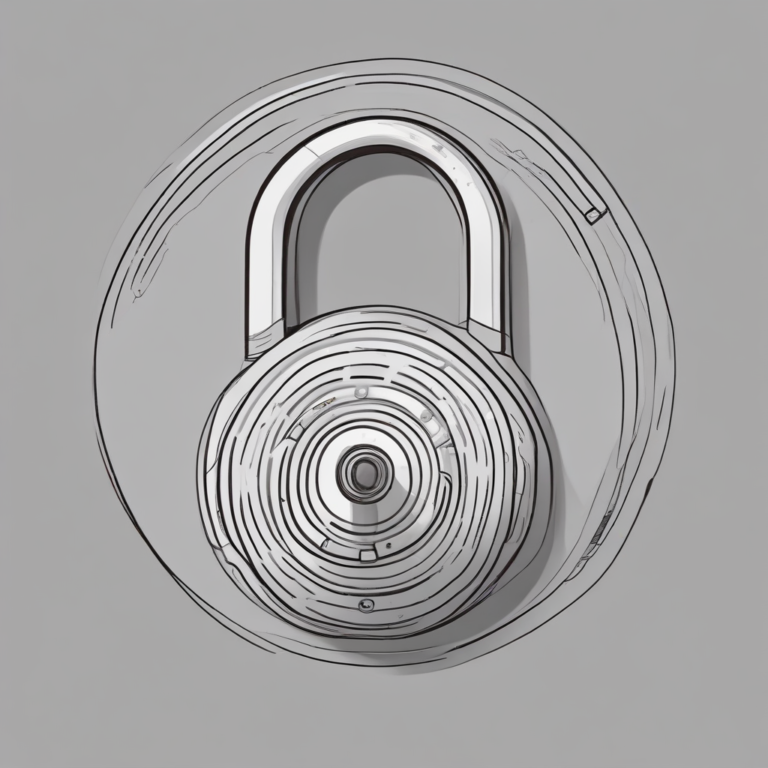Can the EU’s Dual Strategy of Regulation and Investment Redefine AI Leadership?
The European Union (EU) faces significant challenges in redefining its position in the global AI landscape. This study explores how the EU’s dual strategy of regulation and investment can potentially reshape its role in artificial intelligence leadership.
Importance of AI Regulation
As AI technologies rapidly evolve, the need for effective regulation becomes more pressing. The EU’s approach to AI regulation is not merely about imposing restrictions; it is about fostering a sustainable environment for innovation. The current discourse suggests that reducing regulation for large general-purpose AI providers, as part of the EU’s competitiveness agenda, is not a viable solution. This could instead deepen Europe’s dependency on US technology.
Investment in AI Development
Recent commitments from the EU and France to invest €317 billion in AI development signal a robust response to global competition. This investment aligns with similar moves from the US and China, highlighting the urgency for Europe to establish itself as a leader in trustworthy AI.
EU AI Policy and the Code of Practice
The establishment of the AI Office and the drafting of the Code of Practice (CoP) are critical steps in the EU’s regulatory framework. The CoP aims to provide technical guidelines for general-purpose AI providers while ensuring the protection of small and medium enterprises (SMEs) and startups. This approach emphasizes proportionality and seeks to enhance the overall trust in AI technologies.
Challenges Facing the European Tech Ecosystem
Several structural challenges hinder the emergence of a vibrant tech ecosystem in Europe. Key issues include:
- Fragmentation of the digital single market due to diverse languages, cultures, and consumer preferences.
- Limited access to venture capital for tech startups, exacerbated by fragmented capital markets.
- Harsh bankruptcy laws that deter entrepreneurial risk-taking.
- Difficulties in attracting skilled talent due to restrictive migration policies.
These obstacles must be addressed to facilitate the growth of European tech companies capable of competing on a global scale.
The Case for Trustworthy Regulation
It is crucial to understand that regulation is not the primary reason behind Europe’s lack of Big Tech companies. The historical timeline indicates that major US tech firms emerged long before stringent regulations were enacted in the EU. Therefore, deregulation will not necessarily lead to the growth of Europe’s tech sector.
Moreover, a lack of clear regulations creates legal uncertainty that can impede the adoption of new technologies. Downstream deployers, which include companies that build applications on top of AI models, require a solid regulatory framework to operate confidently. The Code of Practice aims to provide these necessary guardrails.
Tech Sovereignty and Global Standards
The EU’s dependency on US technology companies raises concerns about tech sovereignty. Recent geopolitical developments have highlighted the need for Europe to assert its independence in technology. A well-defined regulatory framework can help ensure that technology providers meet essential security, safety, and ethical standards, fostering trust in AI systems.
Conclusion: A Path Forward
The EU must boldly pursue a dual strategy that integrates regulatory frameworks with substantial investment in AI. This approach will not only safeguard European citizens but also position Europe as a leader in establishing global standards for trustworthy AI. By addressing the structural challenges and emphasizing the importance of regulation, the EU can navigate the complexities of the AI landscape and drive technological innovation for the benefit of all.









